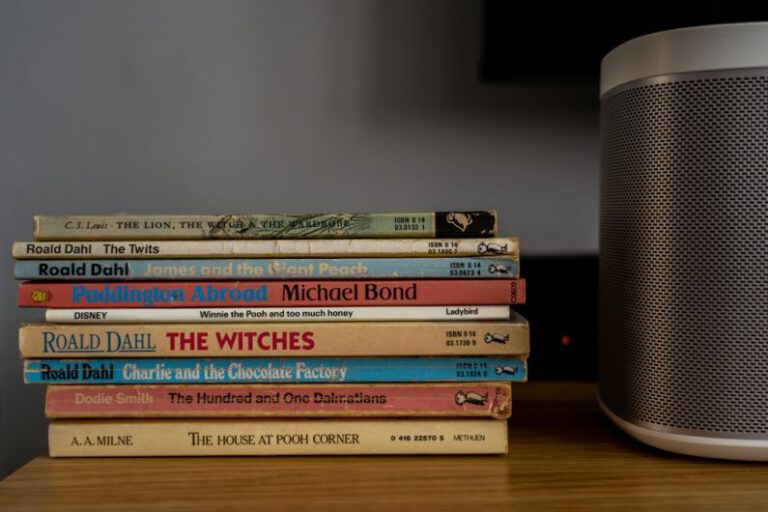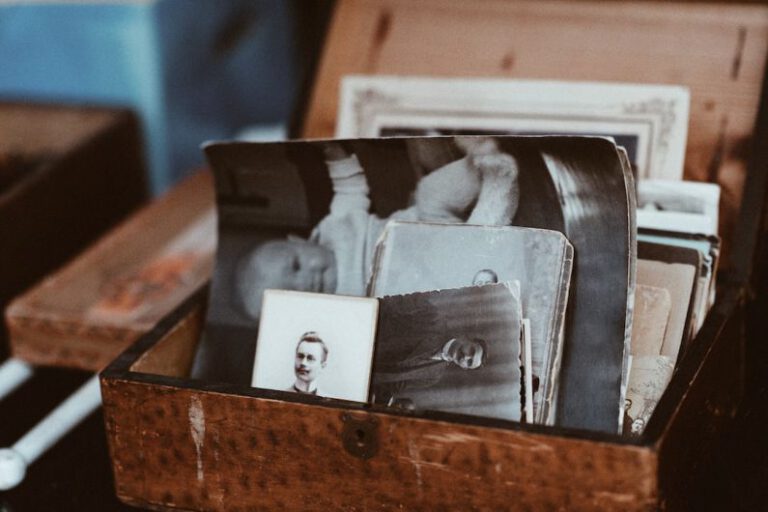Protecting Rare Books and Manuscripts
Rare books and manuscripts are treasures of human history, containing knowledge, stories, and insights from past ages. They provide a glimpse into the past and are valued not only for their content but also for their historical and cultural significance. However, these delicate artifacts are vulnerable to damage from various factors such as light, moisture, pests, and mishandling. Therefore, it is crucial to implement effective measures to protect and preserve these valuable items for future generations.
Understanding the Risks
Before discussing the methods of protection, it is essential to understand the risks that rare books and manuscripts face. Exposure to light, especially ultraviolet (UV) light, can cause fading and deterioration of the paper and ink. Moisture and humidity can lead to mold growth, warping of pages, and ink bleeding. Pests, such as bookworms and silverfish, can cause irreparable damage by feeding on the paper. Additionally, mishandling, improper storage, and accidents pose significant threats to the integrity of these priceless artifacts.
Creating an Optimal Environment
One of the most effective ways to protect rare books and manuscripts is by creating an optimal environment for their preservation. This involves controlling temperature, humidity, and light levels in the storage area. Ideally, the temperature should be between 60-68 degrees Fahrenheit (15-20 degrees Celsius) and the relative humidity should be around 45-55%. These conditions help prevent the growth of mold and inhibit pests. Moreover, it is essential to minimize exposure to natural and artificial light by using UV-filtering window films or shades.
Proper Handling and Storage
Proper handling and storage techniques are crucial in preventing damage to rare books and manuscripts. When handling these delicate items, clean hands or gloves should be used to avoid transferring dirt, oils, or sweat onto the pages. It is also important to support the book or manuscript properly, avoiding stress on the spine or delicate bindings. For storage, acid-free and lignin-free archival boxes or folders should be used. These materials prevent acid migration and deterioration of the paper. Additionally, books and manuscripts should be stored upright or flat, avoiding overcrowding and pressure on the items.
Implementing Conservation Techniques
Conservation techniques play a vital role in protecting rare books and manuscripts from further deterioration. These techniques include processes such as cleaning, repairing tears, and stabilizing fragile pages. However, it is essential to note that conservation should be carried out by professionals trained in the field, as improper techniques can cause irreparable damage. Regular inspections by experts can also help identify early signs of deterioration, allowing for timely intervention and preservation.
Employing Security Measures
Rare books and manuscripts are not only susceptible to physical damage but also to theft. Implementing security measures is crucial to protect these valuable items from being stolen or mishandled. This can include installing security cameras, using locked display cases, and implementing access control measures. Additionally, maintaining a detailed inventory and documenting the condition of each item can aid in tracking and identifying missing or stolen artifacts.
Preserving for Future Generations
Preserving rare books and manuscripts is not only a responsibility but also a commitment to future generations. These invaluable artifacts provide insights into our past and help shape our understanding of history and culture. By understanding the risks, creating an optimal environment, employing proper handling and storage techniques, implementing conservation methods, and employing security measures, we can ensure that these treasures survive for the enjoyment and education of future generations.
In conclusion, protecting rare books and manuscripts requires a multi-faceted approach that involves understanding the risks, creating an optimal environment, employing proper handling and storage techniques, implementing conservation methods, and employing security measures. By taking these measures, we can safeguard these invaluable artifacts and preserve them for the enrichment of our collective knowledge and cultural heritage.





